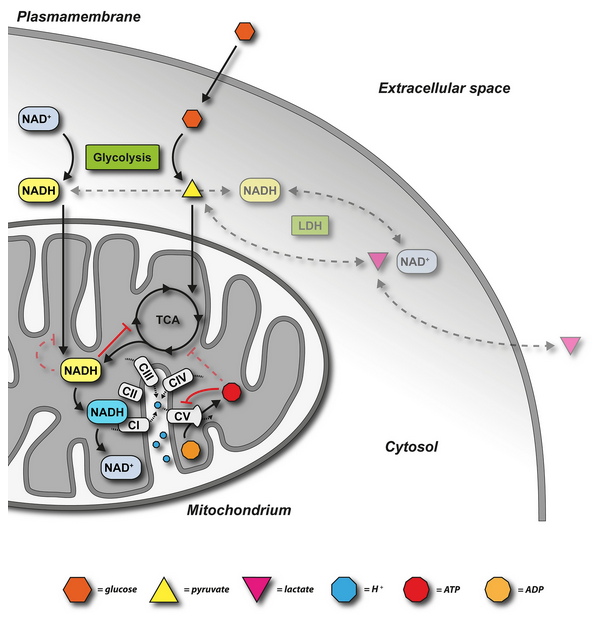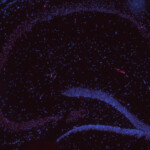
More than 60 years ago, the idea was introduced that NADH autofluorescence could be used as a marker of cellular redox state and indirectly also of cellular energy metabolism. Fluorescence lifetime imaging microscopy of NADH autofluorescence offers a marker-free readout of the mitochondrial function of cells in their natural microenvironment and allows different pools of NADH to be distinguished within a cell. Despite its many advantages in terms of spatial resolution and in vivo applicability, this technique still requires improvement in order to be fully useful in bioenergetics research. In the present review, we give a summary of technical and biological challenges that have so far limited the spread of this powerful technology. To help overcome these challenges, we provide a comprehensible overview of biological applications of NADH imaging, along with a detailed summary of valid imaging approaches that may be used to tackle many biological questions. This review is meant to provide all scientists interested in bioenergetics with support on how to embed successfully NADH imaging in their research. © 2018 International Society for Advancement of Cytometry
NADH Autofluorescence-A Marker on its Way to Boost Bioenergetic Research.
Schaefer PM, Kalinina S, Rueck A, von Arnim CAF, von Einem B.
Cytometry A. 2019 Jan;95(1):34-46. doi: 10.1002/cyto.a.23597. Epub 2018 Sep 13.









